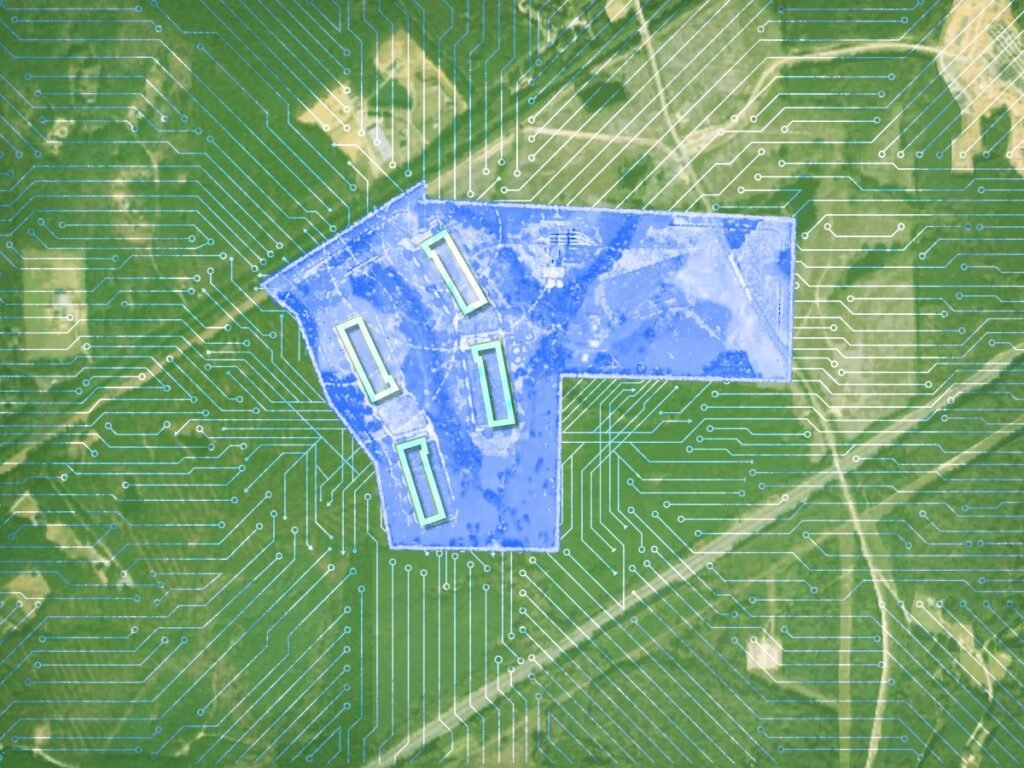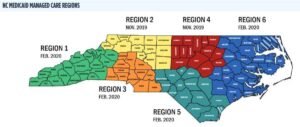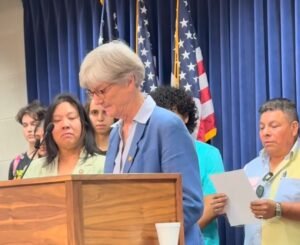On 189 acres just south of Old U.S. 1 in New Hill—a rural enclave in western Wake County—black cows graze peacefully beside weathered farmhouses. But this quiet idyll now faces a powerful new force: a proposed data storage facility that would supplant pastoral calm with industrial scale.
For neighbors in nearby Jordan Pointe—wealthy master-planned communities under expansion—the proposal triggers fears about quality of life, environmental health, and public cost.
What’s Proposed
Maryland developer Natelli Investments LLC has quietly spent over a year assessing the property at 4232 Shearon Harris Road. Their application, to be filed with the Town of Apex by September 2, seeks:
Annexation of the 189-acre property into Apex Rezoning from residential to light industrial, accompanied by a text amendment to define “data storage facility” Construction of 4–6 buildings (up to 75 feet tall) Installation of 80 generators (3 MW each) tested weekly A 60-foot buffer zone framing the entire site
The economic pitch? A forecasted $10 million in annual tax revenue to Apex and Wake County, $1.2 million to the state, $300 million in construction labor, and an estimated $850 million in broader economic activity.
Power, Pollution & Water: Neighbors Ask “At What Cost?”
At a public meeting, residents raised concerns about:
Energy demand: The facility could require 250 MW, roughly 25% of the nearby Shearon Harris Nuclear Plant’s output, and put pressure on Duke Energy’s grid. A feasibility study is underway. Air Pollution: Diesel-powered generators may emit harmful pollutants. While some data centers meet EPA standards, backup systems can still harm air quality—especially for sensitive neighborhoods. Environmental Health: Research by Caltech and UC Riverside underscores data centers’ regional air pollution and health costs, including asthma and premature deaths tied to emissions. Energy and Climate Impact: A study found U.S. data centers consumed over 4% of national electricity and emitted 105 million tons of CO₂—48% more carbon-intensive than average. Water Cooling: The facility plans to use treated wastewater from nearby treatment systems to cool servers. Still, even recycled water can carry pollutants, and evaporated water can deposit those pollutants into local soil and vegetation. This may pose both ecological and health risks.
Residents Respond
At Jordan Pointe’s poolside cabana, a dozen homeowners are mobilizing. Petitions exceed 1,000 signatures. Residents plan to present their case at the upcoming Apex Town Council meeting and hope to raise funds for legal support.
“It’s a recipe for disaster,” one resident said. Another scientist—UNC public health professor Sarav Arunachalam—warned that increased natural gas use on the grid would directly escalate carbon and pollutant emissions.
Context: A Local Issue in a Broader Landscape
Across the nation, data centers are proliferating. In 2024 over 1,240 permits filed for new facilities, potentially raising electricity demand to the level of Florida, with $5.7–$9.2 billion in annual public health costs from emissions including asthma and premature deaths.
In California, regulators are considering policies to make these facilities pay for the environmental and infrastructure costs their operations impose—signals of growing local backlash.
Why We’re Watching
At the Bull City Citizen, we cover these stories not just for development news—but for community voice, equity, and environmental accountability. If you’d like updates on zoning hearings, health assessments, or neighborhood responses, let us know. We’ll bring clarity, fairness, and context—because understanding development is a civic good.













